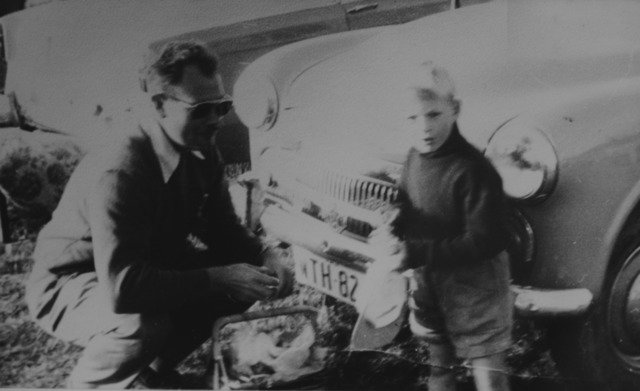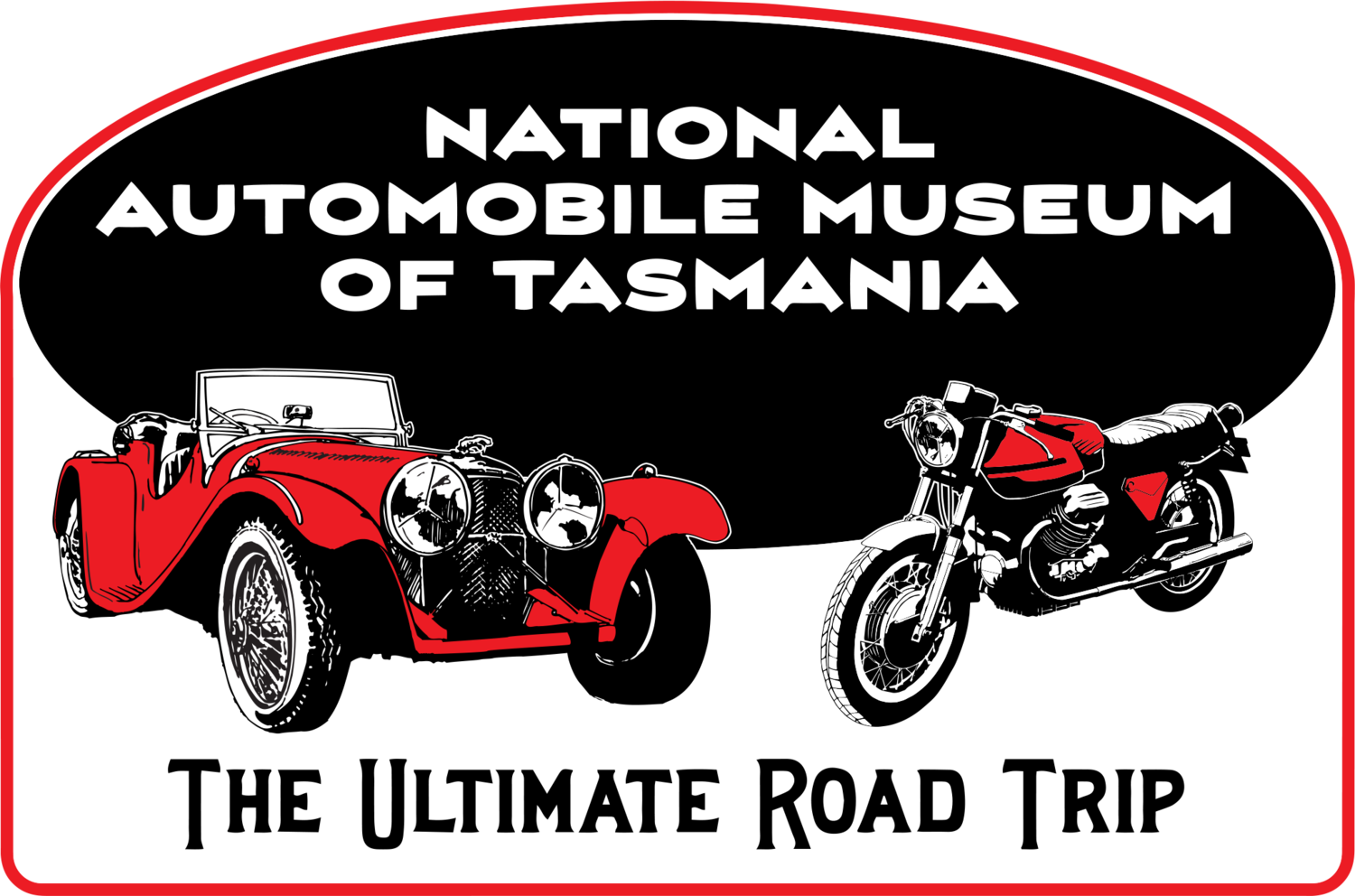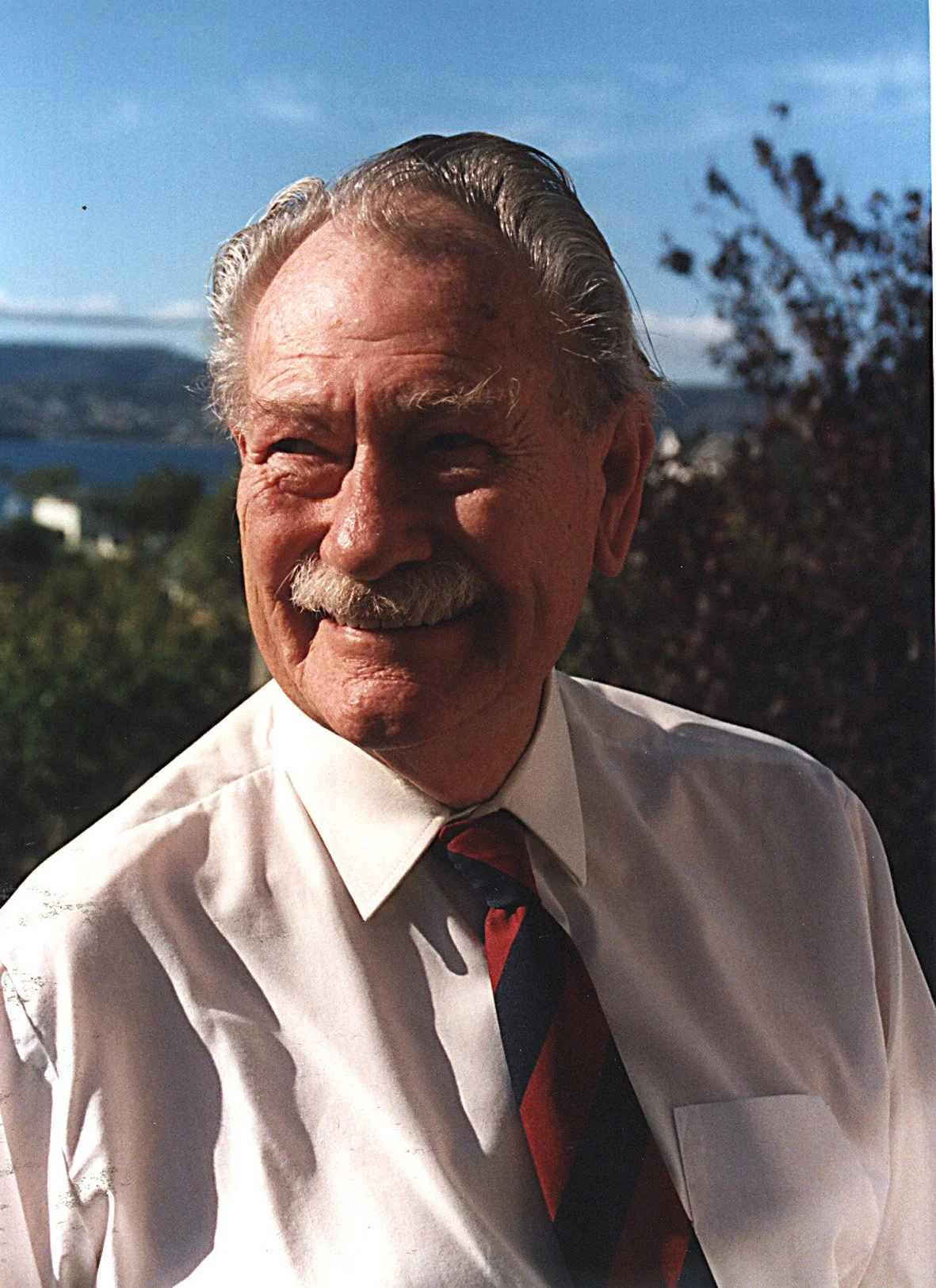
Barrie Valentine
Barrie Valentine was instrumental in the founding of one of Tasmania’s oldest motor sports organisations, the 500 Car Club of Tasmania, in 1956, and was its first chairman.
He was chairman of the club for 12 years and its first delegate to the State Council of CAMS for 11 of those 12 years.
He was awarded the 500 Car Club’s first service award, became its first life member, and in 1971 also received the coveted CAMS Service Award for his services to both the club and motorsport in general.
Barrie’s expertise as a surveyor was used to select a site, design, and supervise the construction of the original speedway track at Bridgewater, which was later relocated due to expanding housing development to the Derwent Valley site at Sorell Creek, near Norfolk, now occupied by Southern Tasmania’s only speedway.
He was also the Bridgewater Speedway’s CAMS steward for the first 12 months of operation when speedway came under the control of CAMS before forming its own controlling bodies in the late 1970s.
Barrie also assisted in the design and construction of the Baskerville Raceway near Hobart and officiated at every race meeting at the now defunct Longford International Raceway in the 1950s and 1960s, setting out and certifying the marker for accurate timing on the Flying Mile section of the track.
Barrie also helped carry out the first official track inspection of the Sandown International Raceway in Melbourne and his suggested alignment changes were adopted.
At the time of induction into the Tasmanian Motorsport Hall of Fame, Barrie had been a CAMS steward for many years and also a former chairman of the stewards panel and former track inspector for CAMS.
In 1992 his services to motorsport were recognised by an Australian Sportsmen’s Association Service to Sport Award and in 1999 he was also awarded an OAM for community services in the fields of surveying and land-use planning, motorsport, and the Aero Club of Southern Tasmania..
Barrie also spent 15 years as a competitor, racing in hillclimbs, flying quarter mile speed trials, and standing quarter mile speed trials, often winning the open class in a Humber Super Snipe.
Written by Martin Agatyn


